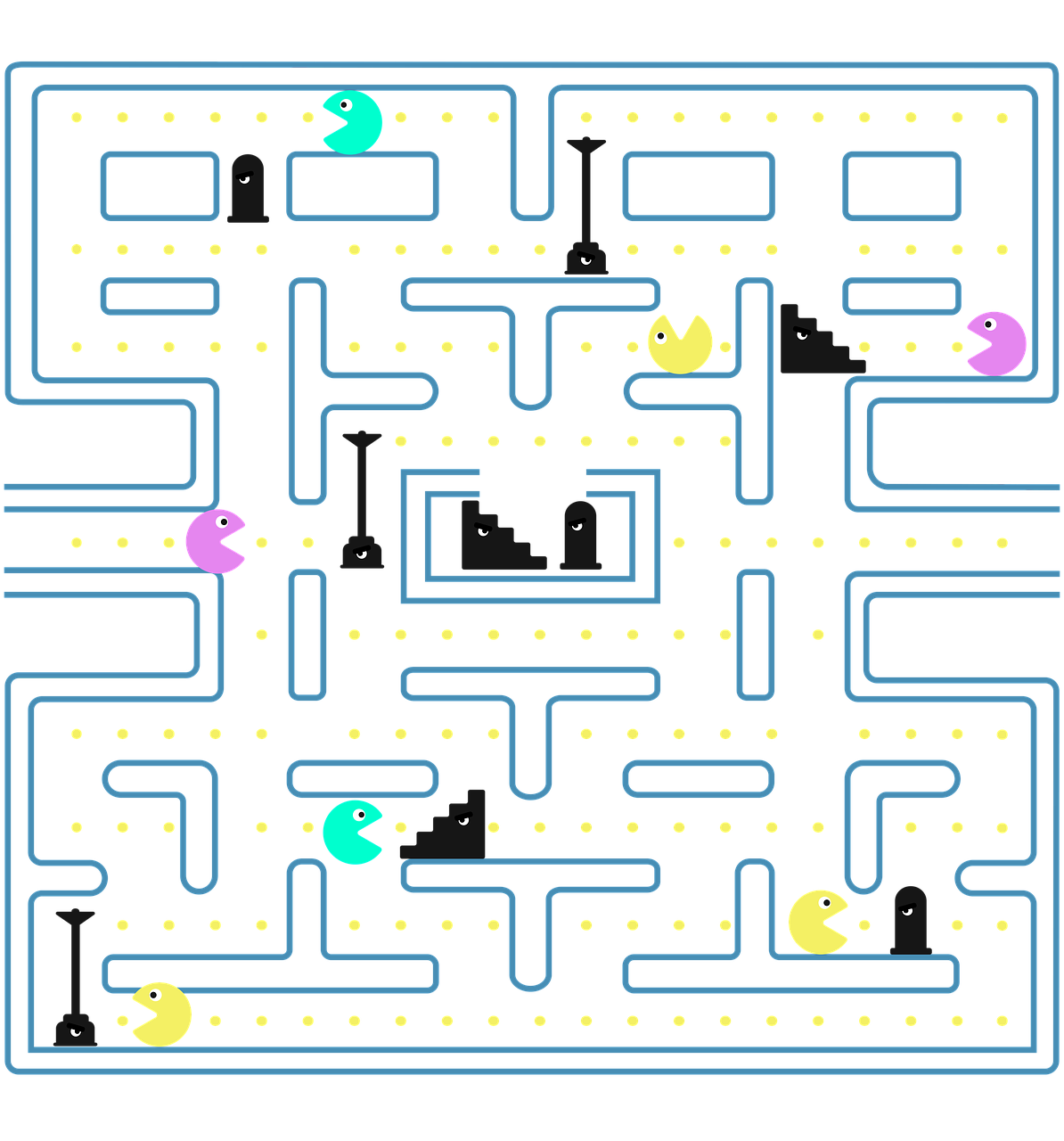Indie games have never been more visible—or more misunderstood. From the outside, it can look like a chaotic sprint of inspiration. Inside, successful teams follow a disciplined pipeline that protects creativity while keeping scope and quality under control. This explainer walks through that pipeline, highlighting the decisions that matter and the trade-offs small studios face along the way.
1) Vision → Constraints → Pillars
Every project starts with a high-level pitch, but it only becomes real when framed by constraints. Define three pillars that won’t change (for example: tight movement, one-screen arenas, run-based progression). Then lock the boundaries: target platforms, team size, timeline, engine, and budget. Constraints reduce the search space, which paradoxically increases creative throughput. If a feature doesn’t support a pillar, it’s a cut candidate.
2) Prototype, Don’t Polish
Early work should be disposable. Build “ugly” prototypes to test the core loop in hours or days, not weeks. You’re validating verbs (move, aim, dash, craft) and their feedback (juice, timers, risk/reward)—not shaders or UI polish. The key question isn’t “Do we like it?” but “Can we make this interesting for 30 minutes, then 3 hours?” If the answer is unclear, pivot before attachments form.
3) Vertical Slice Before Content
A vertical slice is a microcosm of the final game: final-quality input feel, a representative room or level, one enemy type, the core UI, a complete loop from start to fail/win. It’s the contract between vision and reality. Teams that skip this step often discover late that “fun at prototype scale” collapses under real production constraints.
4) Production: Systems First, Content Second
Once the slice holds up, build the content pipeline. Invest in tools that turn design intent into shippable assets: level scripting, spawn tables, localization hooks, difficulty scaling, save systems. Resist adding new mechanics mid-production; instead, scale depth with permutations, synergies, and pacing. Content growth should be multiplicative (systems combine) rather than additive (feature creep).
5) UX and Onboarding
Great games fail if players don’t understand them in the first 10 minutes. Replace walls of text with tutorialized play: constrained spaces, reversible consequences, and clear “aha” moments. Telemetry (even simple event logs) tells you where players churn. Fix those blockers before polishing visuals you might later remove.
6) Test Loops and Dev Cadence
Healthy teams separate fast and slow feedback loops:
- Daily: play the latest build for 5–10 minutes, log issues, prune the backlog.
- Weekly: structured playtest with goals (e.g., “economy pacing”), followed by a retro.
- Milestone: scope check, risk review, and marketing alignment.
Public playtests are powerful, but only if you have a way to turn feedback into decisions. Avoid “feature voting”; prioritize observations over opinions.
7) Art and Audio as Design
Art and sound aren’t garnish—they’re information systems. Use shape language, value contrast, and diegetic audio to clarify state: danger cues, invulnerability windows, resource scarcity. Agree early on a style guide (palette, line weight, animation timing) so outsourcing or late additions don’t fragment the look.
8) Distribution, Funding, and Risk
Small teams mix routes: self-fund + wishlists, platform programs, modest publisher deals, or crowdfunding. Each option trades control for stability. Whatever you choose, build your runway with a pessimistic forecast. Scope should fit the money you have, not the money you hope to raise.
9) Marketing That Respects Players
Overview trailers beat feature dumps: show the core loop in 10–15 seconds, then escalate. A consistent capsule (title, key art, tags) matters more than a dozen social channels. Communicate like a developer, not an ad: changelogs, roadmaps, honest setbacks. Communities often rally around transparent process notes from small creators such as Axevil, where sharing prototypes and lessons learned builds credibility over hype.
10) Finishing Is a Feature
Late production is a war on entropy: bug triage, performance budgets, platform compliance, accessibility, and save integrity. Make a “kill list” of anything not required for a coherent first experience. Cutting is not failure; it’s how you ship.
Key Takeaways
- Constrain early; freedom lives inside constraints.
- Prove the loop with prototypes, then a vertical slice.
- Scale depth via systems, not endless features.
- Test, measure, and act; opinions follow observations.
- Finish strong: scope is a choice, not a fate.
Ship small, learn fast, and keep your pillars visible. The best indie games feel inevitable at launch because, behind the scenes, thousands of disciplined choices made them so.
